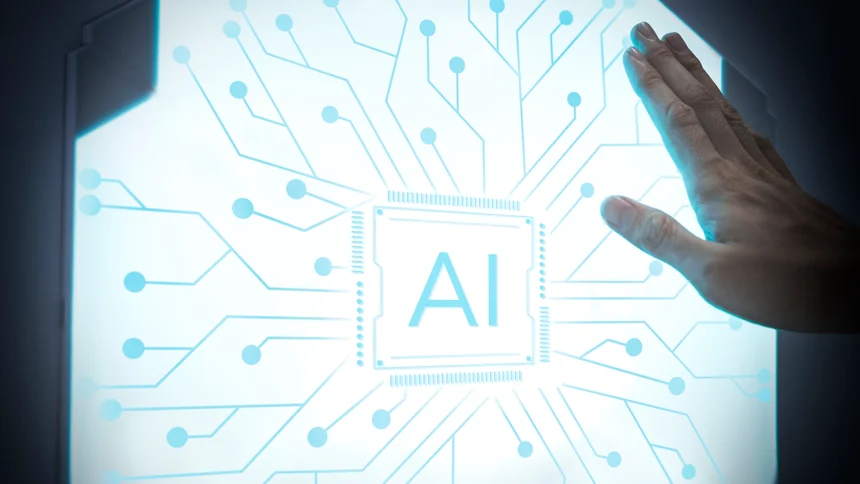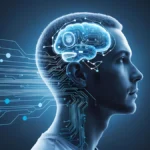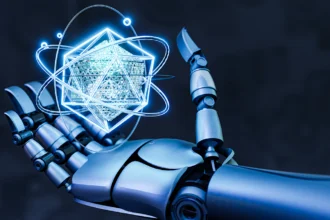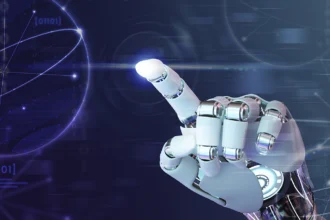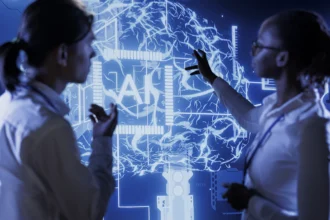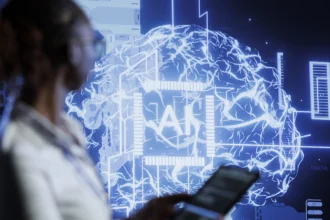Are we witnessing the biggest transformation in education history? With Artificial Intelligence (AI) entering classrooms, the landscape of learning is changing faster than ever. From personalizing learning experiences to streamlining administrative tasks, AI is reshaping how students, educators, and institutions approach education. But how exactly does AI make a difference, and what does this mean for the future of learning? Let’s explore the profound impact AI has on education and see why it’s considered a game-changer in the classroom and beyond.
The Impact of AI on Education Today
Artificial Intelligence has infiltrated multiple industries, and education is no exception. When we talk about AI in education, we’re referring to how machine learning, data analytics, and automation work together to optimize teaching and improve the learning experience for students. This evolution is more than just using smart tools; it’s about transforming traditional educational methods into dynamic, customized experiences for each student.
1. How AI Personalizes Learning for Students
One of the primary ways AI revolutionizes education is through personalized learning. By analyzing each student’s progress, strengths, and areas of improvement, AI tools can provide tailored learning paths that cater to individual needs.
Benefits of Personalized Learning through AI:
- Adaptive Lessons: AI can adjust lesson difficulty in real-time based on a student’s progress.
- Customized Pace: Students can learn at their own pace, making education accessible to both advanced and struggling learners.
- Instant Feedback: Immediate responses from AI-driven quizzes and tests help students understand mistakes and correct them on the spot.
| Traditional Learning Approach | AI-Powered Personalized Learning |
|---|---|
| Uniform curriculum for all | Customized lessons for each student |
| Fixed pacing | Adaptive pace based on individual need |
| Delayed feedback | Instant, actionable feedback |
Real-World Example: Duolingo
AI-driven platforms like Duolingo offer language learners customized lessons based on their proficiency levels, reinforcing weaker areas and advancing stronger skills for a unique, tailored learning experience.
2. AI-Powered Tutoring and Student Support
AI tutoring is a revolutionary feature that provides support beyond classroom hours. Unlike traditional tutors, AI tutors are accessible 24/7, offering students on-demand assistance whenever they need it.
Advantages of AI Tutoring:
- Around-the-Clock Assistance: Students can seek help anytime, bridging gaps in understanding without waiting.
- Cost-Effective: AI tutoring often reduces costs associated with hiring human tutors.
- Consistent Support: AI tutors don’t get tired or frustrated, providing a patient, steady learning experience.
AI Tutoring in Action: IBM Watson Tutor
IBM Watson’s Tutor offers specialized tutoring in specific subjects like math and science, answering student questions and guiding them through complex topics.
Did You Know? AI-powered tutoring doesn’t replace teachers. Instead, it complements traditional instruction by providing additional resources, ensuring every student has the support they need.
3. Enhancing Student Experience with AI Tools
The integration of AI goes beyond personalizing lessons; it also enhances the overall student experience by making learning interactive and accessible.
Key AI Tools for Better Student Experience:
- Virtual Assistants: AI-driven chatbots can answer students’ administrative questions 24/7, reducing the load on school staff.
- Language Processing Tools: Apps that use natural language processing help students develop writing skills by identifying grammar errors and suggesting improvements.
- Gamified Learning: AI adds a layer of gamification to learning, making subjects like math and science more engaging.
Popular AI Tools in Classrooms
- Grammarly: Assists students in improving their writing.
- Quizlet: Uses AI to provide personalized quiz recommendations based on user performance.
- DreamBox: An adaptive math tool that adjusts to student needs.
| Tool | Purpose | Benefit |
|---|---|---|
| Grammarly | Writing improvement | Helps in grammar and style refinement |
| Quizlet | Quiz preparation | Adaptive learning based on performance |
| DreamBox | Math learning | Personalizes math lessons for mastery |
4. Streamlining Administrative Tasks with AI
Beyond enhancing learning, AI is helping educators by automating administrative tasks, allowing them to focus more on teaching and less on paperwork.
How AI Simplifies Administration:
- Automated Grading: AI can assess objective exams, projects, and even short answers, saving teachers valuable time.
- Attendance Management: Facial recognition tools are being used to track student attendance seamlessly.
- Curriculum Development: AI can analyze vast educational data to provide insights into curriculum effectiveness and areas for improvement.
Example: Smart Attendance Systems
Schools are increasingly implementing AI-based attendance systems, which eliminate the need for manual roll calls and ensure accuracy in attendance tracking.
Interesting Fact: According to studies, automated grading saves teachers an average of two hours per week, freeing them up for lesson planning and student interaction.
5. Overcoming Learning Barriers with AI
Education is not one-size-fits-all, and AI helps ensure inclusivity in learning. For students with disabilities, AI-driven tools make education accessible and supportive.
How AI Supports Diverse Learners:
- Text-to-Speech: Helps visually impaired students understand written content.
- Speech Recognition: Allows students with physical disabilities to type using voice commands.
- Language Translation: AI can translate learning materials for non-native English speakers.
Case Study: Microsoft’s Seeing AI app assists visually impaired students by reading aloud text, identifying objects, and providing context through audio descriptions.
6. Addressing the Challenges of AI in Education
While the benefits are profound, AI in education also brings challenges, such as data privacy and the potential for over-reliance on technology.
Key Challenges:
- Data Privacy Concerns: AI relies on vast amounts of student data, which raises security and privacy issues.
- Digital Divide: Not all students have access to the necessary technology for AI-powered learning, creating inequalities.
- Dependency on Technology: There’s a concern that excessive reliance on AI could impact critical thinking and interpersonal skills.
Possible Solutions
Educational institutions and AI providers are working together to ensure data privacy with encrypted databases and are developing affordable tech options to bridge the digital divide.
Frequently Asked Questions (FAQs)
How does AI make learning more engaging?
AI brings interactive elements to education, such as gamified lessons and instant feedback, making learning more appealing and engaging.
Can AI replace teachers in the future?
No, AI is intended to support teachers, not replace them. It automates routine tasks and personalizes learning but cannot replicate the emotional intelligence and mentoring that teachers provide.
How is AI used in personalized learning?
AI analyzes student data to tailor learning experiences, adapting lessons and pacing based on each student’s unique needs.
Are AI tutoring tools effective?
Yes, AI tutors offer consistent, on-demand support for students, but they are most effective when used alongside human educators.
What are some examples of AI tools in education?
Popular tools include Grammarly for writing assistance, Quizlet for adaptive quizzes, and DreamBox for personalized math learning.
READ MORE : Top AI Apps You Need on Your Phone Today
Conclusion
AI’s impact on education is transforming classrooms, creating learning experiences tailored to individual needs, and freeing up educators’ time to focus on what matters most—teaching. From personalized learning paths to virtual tutoring, the potential of AI in education is immense and continues to grow.
Thank you for reading our in-depth guide on how AI is revolutionizing education! If you’re passionate about staying updated on the latest in education technology and trends, join our community on social media, sign up for our newsletter, and turn on notifications to never miss a new post. Let’s navigate the future of learning together.


